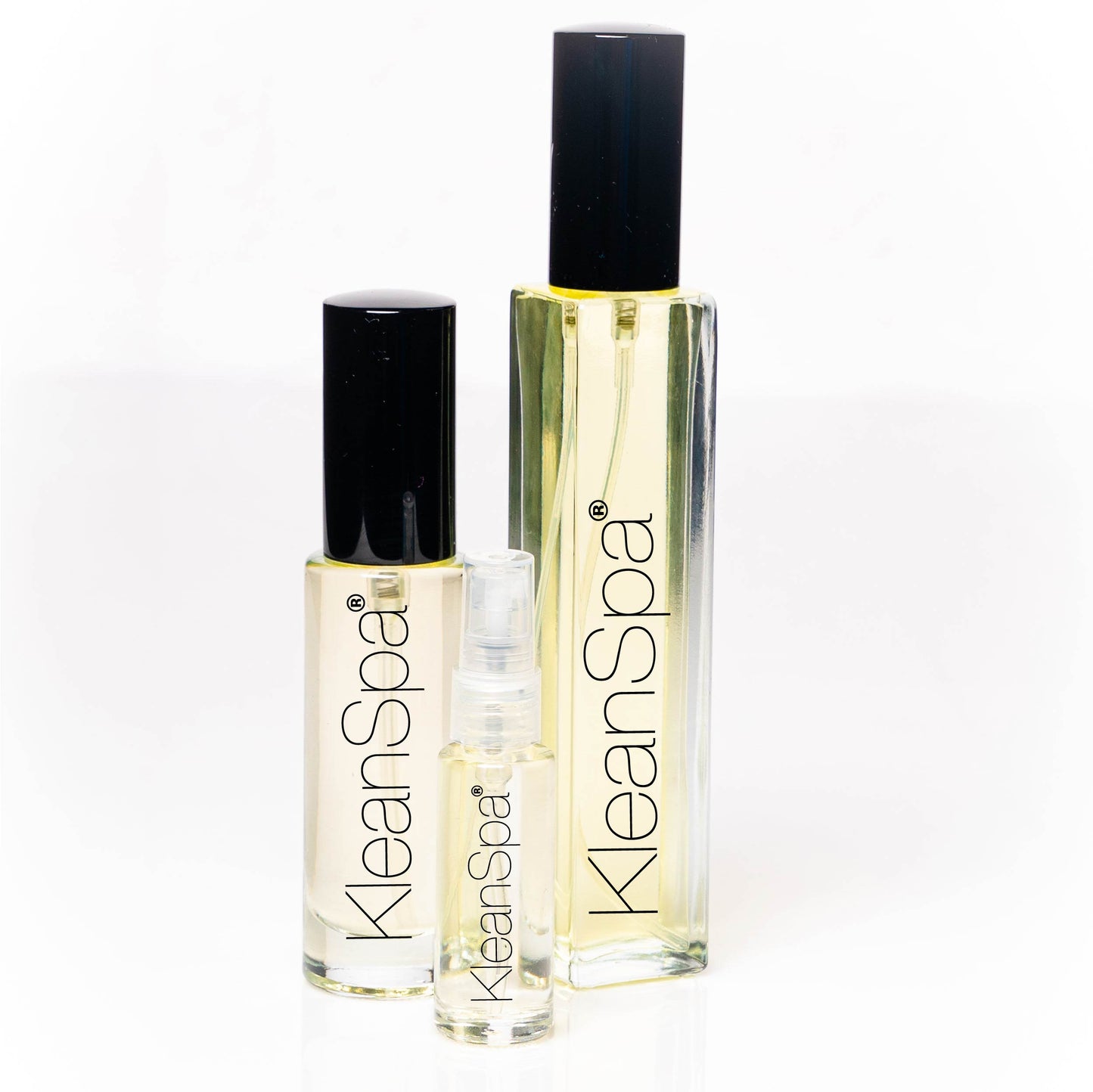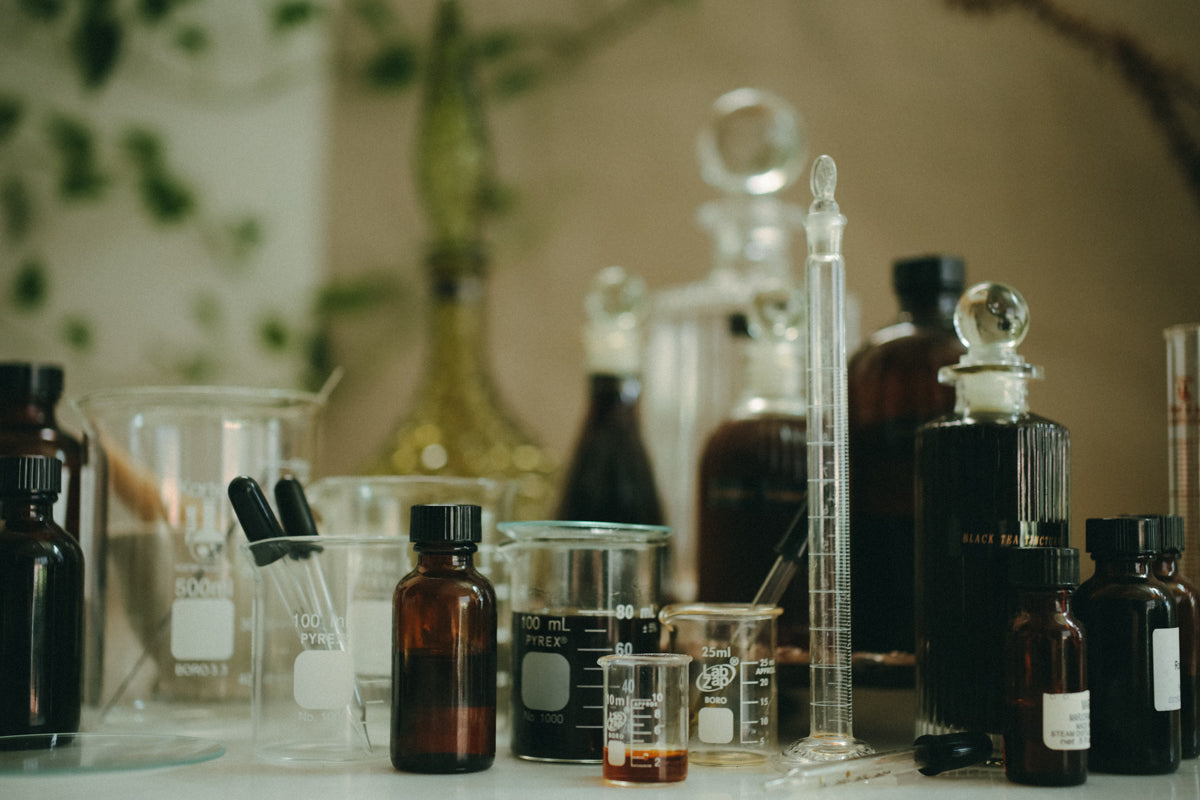Embark on a Scentful Journey: Master the Art of Perfume Making With a Specialized Course
Reveal the elaborate world of perfume making with a specialized course developed to sharpen your olfactory detects and creativity. From discovering the techniques and skills of fragrance making to the tailored touch of developing your signature scent, this course provides a detailed experience that goes past the ordinary.
The Art of Fragrance Making
Developing a signature aroma involves a fragile balance of creativity and science in the complex process of perfume making. Fragrance production belongs to composing a harmony, where different notes balance to stimulate emotions and memories. Perfumers, likewise called "noses," are highly experienced craftsmens that diligently blend numerous important oils, scent substances, and fixatives to craft distinct fragrances that mesmerize the senses.
The art of fragrance making starts with motivation, which can come from nature, a particular memory, or perhaps a particular emotion. This first trigger is then equated into a fragrance pyramid containing leading, middle, and base notes. The top notes are the impression of the aroma, the center notes develop the heart of the scent, and the base notes provide depth and longevity.
Grasping the art of fragrance making calls for a deep understanding of olfactory families, blending techniques, and the chemistry behind scent make-ups. By developing their craft, perfumers can produce olfactory work of arts that reverberate with individuals on an individual degree, making scent an integral part of one's identification and self-expression.
Essential Oils and Fragrance Mixing
The structure of crafting fascinating fragrances lies in the artistic choice and skillful mixing of vital oils to produce harmonious fragrances that reverberate with the detects. Vital oils are the foundation of perfumery, extracted from numerous plants, blossoms, fruits, and flavors via procedures like distillation or chilly pressing. Each crucial oil lugs its distinct fragrance account, ranging from floral and citrusy to woody and spicy notes.
When it involves scent blending, perfumers need to have a deep understanding of the characteristics of different essential oils to attain the preferred aroma make-up. Mixing important oils is both a scientific research and an art, needing accuracy, creativity, and an eager feeling of odor (custom fragrance experience). Perfumers typically classify vital oils into top, center, and base notes based on their dissipation rates and aromatic properties
Crafting Distinct Perfumes
With a precise mix of imagination and experience, perfumers begin on the journey of crafting special fragrances that stimulate emotions and memories with fragrance. Crafting a distinctive go right here fragrance involves a harmonious mix of leading, center, and base notes to develop a well-balanced olfactory experience. Perfumers diligently pick each active ingredient, considering not only their specific fragrances however additionally just how they will certainly engage with one another gradually.
To develop a genuinely distinct scent, perfumers often attract motivation from various resources such as nature, art, emotions, or individual experiences. things to do in atlanta. By look what i found infusing their creations with individual touches, perfumers can imbue their perfumes with a sense of originality and artistry that establishes them besides commercially generated scents
Trial and error plays a crucial role in the process of crafting special fragrances. Perfumers are continuously discovering brand-new mixes of ingredients, examining various ratios, and adjust their formulas to achieve the excellent equilibrium of notes. With this repetitive process, they are able to create fragrances that are not only captivating however also deeply powerful with their desired target market.

Understanding Strategies and Abilities
In the realm of perfume making, mastering strategies and abilities is essential for aiming perfumers to raise their craft to brand-new elevations. Recognizing the complexities of fragrance families, the buildings of different important oils, and the art of mixing them sympathetically are basic skills that create the structure of fragrance production. Strategies such as maceration, enfleurage, and distillation play an important duty in removing scents from agricultural sources and are integral to the perfume-making process.
Establishing a keen sense of smell through method and training is extremely important in identifying different notes within a scent and understanding how they interact with each other. Perfumers need to also find out the art of formulating balanced make-ups, considering the top, middle, and base notes to create an unified and resilient aroma.
In addition, understanding the art of dilution and understanding the impacts of various provider oils and alcohol focus on a fragrance's final end result are vital skills that add to accomplishing the desired scent account (fun team building activities). By refining these my sources strategies and abilities, striving perfumers can unleash their creative thinking and craft special, top quality fragrances that captivate the senses
Personalized Scent Production

Verdict
